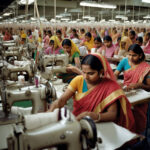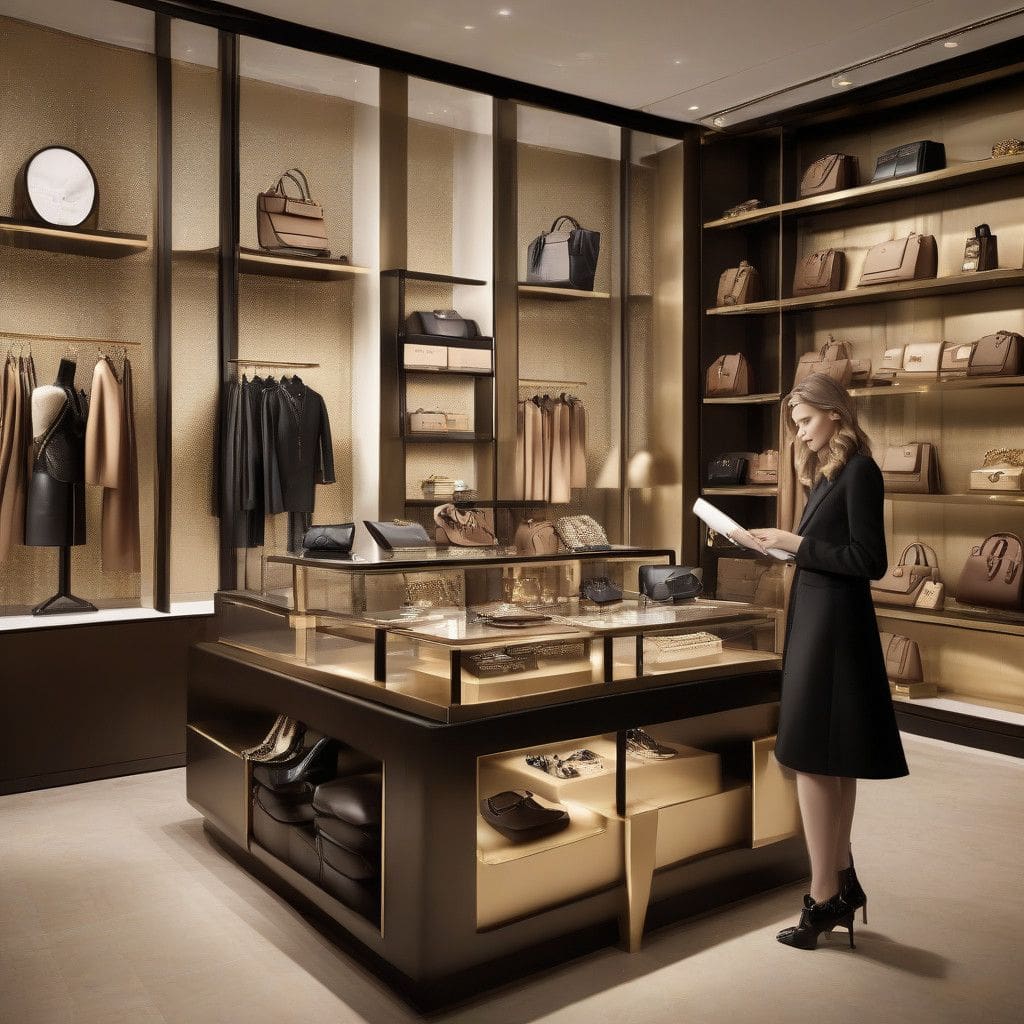LVMH Moët Hennessy Louis Vuitton, the powerhouse behind luxury brands like Louis Vuitton, Dior, and Loewe, reported a concerning decline in its fashion and leather goods division. The company announced a 5 percent drop in third-quarter sales, falling short of analysts’ expectations, which had forecasted modest growth between 0 and 2 percent. This downturn raises alarms not just for LVMH but for the luxury sector as a whole, suggesting a possible shift in consumer behavior and market dynamics.
LVMH’s financial report highlighted that its total sales across the group slid 3 percent on an organic basis, totaling €19.1 billion (approximately $21 billion) for the third quarter. Despite this decline, LVMH framed the results as indicative of “good resilience in the current context.” However, the reality is that the luxury sector has been facing significant challenges, particularly following a period of extraordinary demand post-pandemic.
The decline in luxury spending can be attributed to several factors. Economic headwinds, such as rising inflation and high interest rates, have prompted consumers to recalibrate their spending priorities. Luxury items, once viewed as essential purchases, are now often perceived as discretionary expenditures. This change in mindset is evident as consumers increasingly favor spending on health, wellness, and travel, shifting away from high-end fashion.
Moreover, LVMH’s aggressive pricing strategies, initially designed to maintain margin growth, may have contributed to turning off a segment of less affluent buyers. As luxury prices rise, the barrier for entry to these brands becomes higher, potentially alienating a significant customer base. This can be particularly detrimental for high-end brands that rely heavily on aspirational purchases from a broader demographic.
Interestingly, while LVMH’s fashion and leather goods segment struggled, other divisions within the group showed more stable growth. The retailing segment, which includes the popular beauty chain Sephora, experienced a 2 percent rise in sales. Likewise, the perfume and cosmetics division saw a modest increase of 3 percent. However, the wine and spirits division faced a tougher landscape. Specifically, it encountered difficulties reviving cognac sales in the critical Chinese market, indicating that the luxury slowdown is not equally distributed across all brands and sectors.
This downturn raises questions about the future trajectory of luxury brands in a shifting market landscape. For example, smaller luxury players may find it increasingly challenging to compete against the marketing muscle and global infrastructure of giants like LVMH. They may be struggling for visibility and shelf space in an increasingly saturated market. This scenario urges them to re-evaluate their strategies and explore differentiation through unique storytelling and creative design.
The luxury segment’s business model has already begun to pivot in response to evolving consumer demands. A focus on sustainability and ethical production practices is increasingly becoming important for luxury buyers, particularly younger generations who are more socially conscious. As brands rethink their values and operations, there lies a unique opportunity to align with the new consumer ethos that values authenticity and sustainability.
Looking forward, the upcoming quarterly results from LVMH will be closely watched for insights into the luxury sector’s recovery and adaptation strategies. Executives will likely face questions about pricing, product innovation, and marketing focus moving toward a more discerning consumer base. It remains to be seen how brands will recalibrate their offerings and strategies to navigate these turbulent waters.
In conclusion, LVMH’s recent sales figures are indicative of broader challenges faced by the luxury industry. Understanding the nuances of consumer behavior and market dynamics is crucial for brands that wish to survive and thrive. Brands must adapt to the evolving luxury landscape by embracing authenticity and responsiveness to consumer values, ensuring they remain relevant in a shifting world.












